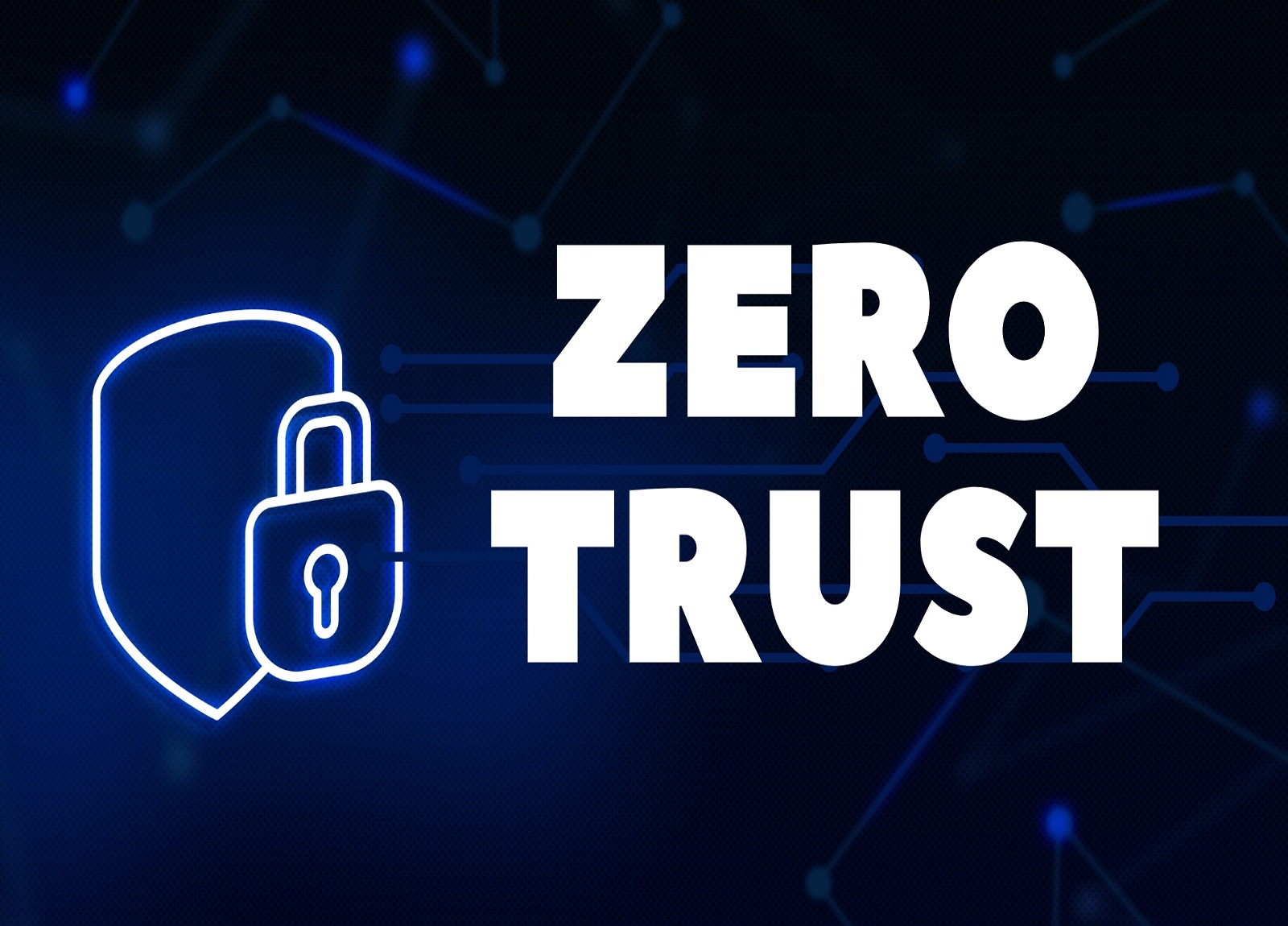
Demystifying Zero Trust: A Comprehensive Guide to Cybersecurity Paradigm
In an era where cyber threats are becoming increasingly sophisticated and pervasive, traditional security models are proving inadequate. Enter Zero Trust, a cybersecurity paradigm that challenges conventional notions and places trust at the center of security. In this blog, we’ll delve into the world of Zero Trust, understanding its core principles, implementation strategies, and its role in fortifying modern digital landscapes.
Understanding Zero Trust :
Zero Trust is a cybersecurity approach based on the principle of “never trust, always verify.” In this model, trust is not automatically granted to users, devices, or applications, regardless of their location. Every interaction and access request is thoroughly authenticated, authorized, and continuously monitored, irrespective of whether it originates from within or outside the organization’s network.
Key Principles of Zero Trust:
Least Privilege Access:
Micro-Segmentation:
Continuous Monitoring:
Explicit Access Controls:
Zero Trust for Workloads:
Implementing Zero Trust:
Identify and Classify Assets:
Network Segmentation:
Multi-Factor Authentication (MFA):
Continuous Monitoring and Analysis:
Data Encryption:
Security Awareness and Training:
Conclusion:
Zero Trust is not just a security model; it’s a mindset and a transformative approach to cybersecurity. By embracing the principles of least privilege access, continuous monitoring, and micro-segmentation, organizations can fortify their digital infrastructure against evolving threats. As the threat landscape evolves, the Zero Trust approach will continue to be a fundamental pillar in the defense against cyber adversaries, ensuring a safer and more resilient digital future.
